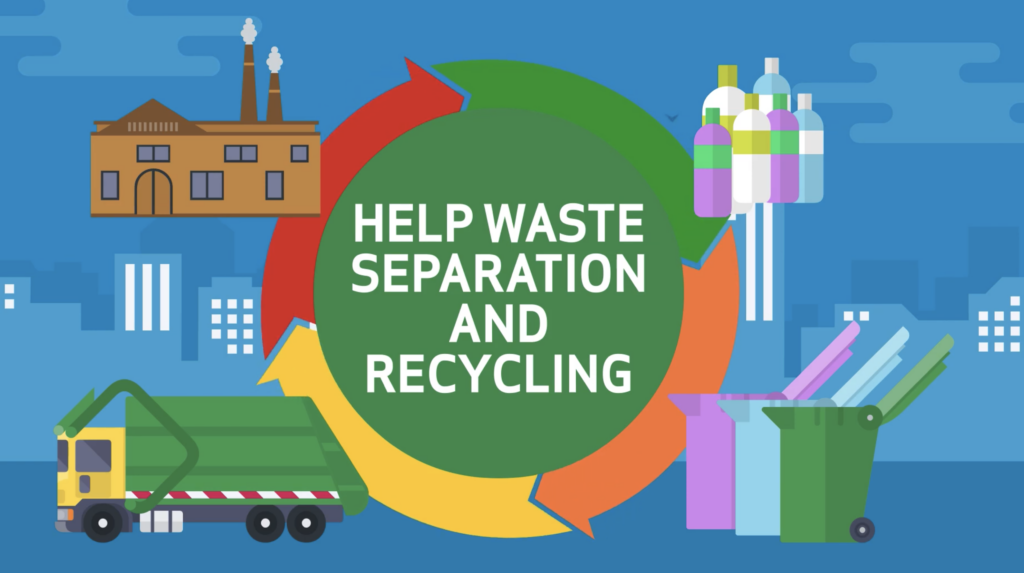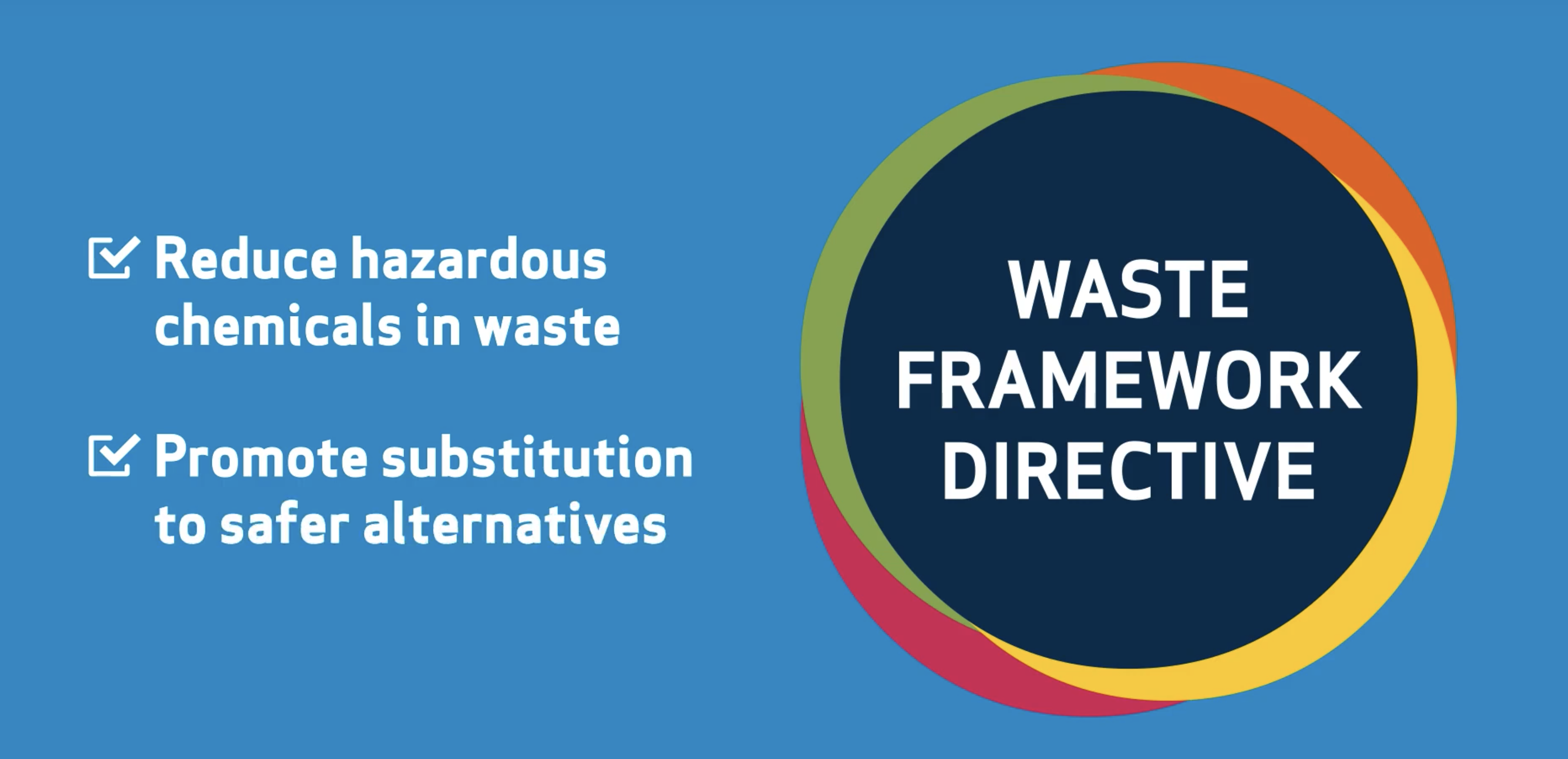Substances of Concern in Products (SCIP) database
Established under the Waste Framework Directive (WFD), as amended by Directive (EU) 2018/851, SCIP is the database for information on Substances of Concern In articles as such or in complex objects (Products). An article is considered “an object which during production is given a special shape, surface or design which determines its function to a greater degree than its chemical composition”.

Substances that may have serious and often irreversible effects on human health and the environment can be identified as substances of very high concern (SVHCs). If a substance is identified as an SVHC, it will be added to the Candidate List for eventual inclusion in the Authorisation List, according with ECHA (European Chemicals Agency).
Since January 2021, if a company produces, assembles, imports or distributes products or articles in the EU market that contain SVHCs on ECHA’s candidate list, in concentrations above 0.1% weight by weight (w/w), it has to submit information on these articles to ECHA. This means that the company needs to notify these articles to the SCIP database. Retailers which only supply articles to consumers do not need to notify ECHA.

The main goal of SCIP is to ensure that the information on articles containing Candidate List substances is available throughout the lifecycle of products and materials, including at the waste stage. With SCIP there is an increased knowledge of hazardous chemicals that are present in articles and products. The SCIP database should contribute to the reduction of hazardous substances in waste and encourage the substitution of these substances with safer alternatives, contributing to a better circular economy.
The information included in the SCIP database is made publicly available, mainly to consumers and waste operators. Consumers become able to make more informed choices when buying the products and waste operators benefit from an improvement on waste management practices and the promotion of waste use as a resource.
Protection of sensitive information such as the links between actors in the same supply chain is guaranteed by ECHA.
Companies need to submit the following information to register articles in the SCIP database:
- Identification of the article;
- Name, concentration range and location of the Candidate List substance (SVHC) present in it;
- Other information that allows its safe use (notably information to ensure the article is properly managed once it becomes waste).
The foreign user concept allows third parties to submit data on behalf of other company.

It is important to implement an internal SVHC tracking process of the articles, collecting REACH compliant certification from the suppliers and calculating SVCH concentration in order to detect the threshold of 0.1% w/w.
BUT WHAT ABOUT COSMETIC PRODUCTS?
The cosmetic product itself (i.e. cream, lotion, oil, etc.) is not considered an article. However, its packaging (the bottle, jar, pump, cap, brush in masks, etc.) is considered an article and so it is within the scope of REACH regulation. This means that if the packaging contains SVHC (>0.1%) it is mandatory to notify it.
In sum, starting this year, if your company is a manufacturer, assembler, importer or distributor of articles/products containing SVHC (at concentrations above 0.1% w/w), a notification to the SCIP database must be made. This information will become publicly available so it is essential to properly follow and complete the notification process.
Not sure if your company or your articles/products are included in this obligation? We can help you! Feel free to contact us at info@criticalcatalyst.com.
References:
- Directive (EU) 2018/851 of the European Parliament and of the Council of 30 May 2018 amending Directive 2008/98/EC on waste. Available at: https://eur-lex.europa.eu/legal-content/EN/TXT/PDF/?uri=CELEX:32018L0851&from=EN
- Detailed information requirements for the SCIP database. European Chemicals Agency (ECHA). September 2019.
- SCIP. European Chemicals Agency (ECHA). Available at: https://echa.europa.eu/pt/scip
- Candidate List of substances of very high concern for Authorisation. European Chemicals Agency (ECHA). Available at: https://echa.europa.eu/candidate-list-table















